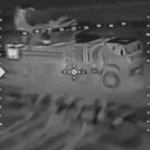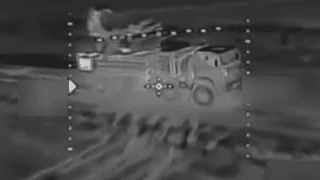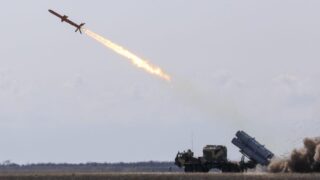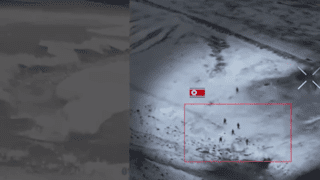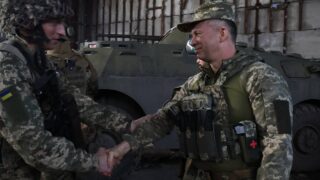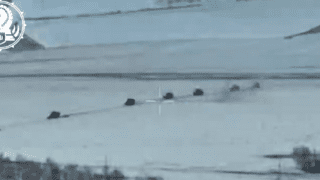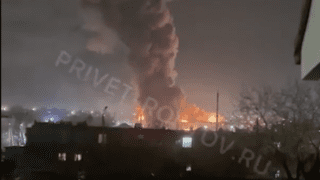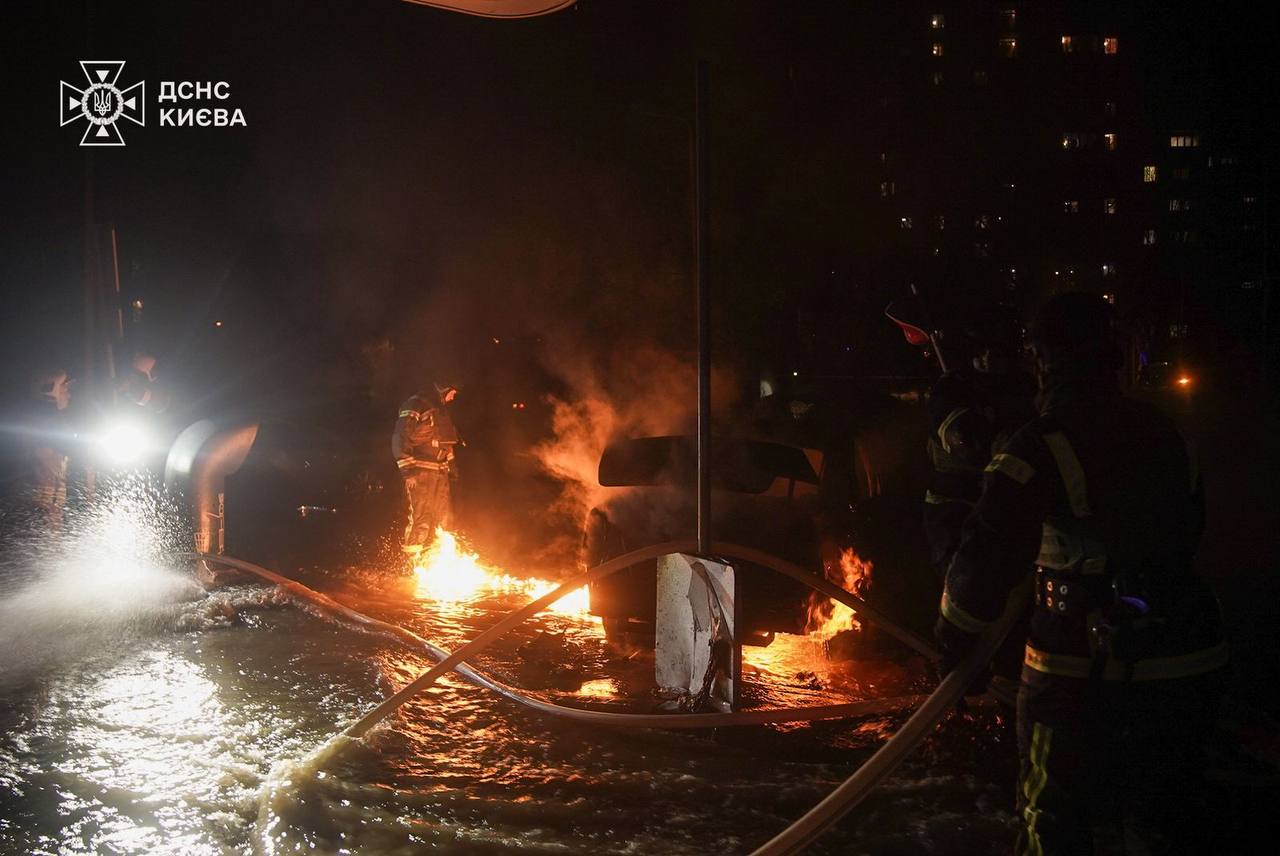
Expert suggests Russia used North Korean intermediate-range ballistic missile in Kyiv strike
Analyst and aviation expert Kostyantyn Kryvolap suggests that the Russian military hit Kyiv with a North Korean KN-15 missile on 18 January, killing three people, according to Radio NV.
A KN-15 or Pukguksong-2 is a North Korean medium-range or intermediate-range ballistic missile that can be launched from 1,200 km to 3,000 km distance. Last year, media reports said that North Korea might have supplied Russia with such missiles. However, Ukraine’s Intelligence agency responded that this information was fake.
Kryvolap reminded that Ukraine’s Air Force did not detect the launch, likely because its air defense systems and radar forces, tasked with detecting enemy missiles, could not monitor a distance greater than 500 km.
“That’s the maximum range from which KN-23 and Iskander-M missiles typically strike. Most likely, the missile fired yesterday exceeded this range. We also probably did not detect it with the Patriot radars. This is why interception happened at the very last moment, and the air raid alert was issued much later than the explosions occurred,” Kryvolap explained.
He also recalled an unconfirmed report from last year suggesting that Russia had received five KN-15 missile systems from North Korea.
“If we consider the characteristics of the missile used on 18 January 2025 to hit Kyiv, while this information remains unverified and Ukraine’s Intelligence agency dismissed it as fake, it’s possible that North Korea has recently supplied Russia with these KN-15 systems. If that’s true, it would have significant political and military implications, both for the supply chains and the international reaction,” Kryvolap noted.
He emphasized that to effectively counter the KN-15, Ukraine would need to strengthen its air defense systems with THAAD or Aegis missile defense systems, which it currently does not have.
Kryvolap explained that the KN-15 has a range of 1,200–2,000 km. Such missiles approach targets from high altitudes. Its speed is close to hypersonic, reaching up to Mach 5. With the current air defense systems in place, Ukraine could only detect and intercept these missiles when they were closer to the ground.
“These missiles can be intercepted by THAAD or Aegis missile defense systems, which we do not have but have requested. These systems can target missiles when they are at their highest point, 250-300 km above the ground. Right now, when debris is falling just overhead, it still causes destruction,” Kryvolap pointed out.
Ukrainian Foreign Minister Andriy Sybiha said on 18 January that Russia’s morning attacks on Kyiv and Zaporizhzhia are “yet another indication that Putin wants war, not peace.”
Sybiha wrote that Putin “must be forced to accept a just peace through strength—maximum economic and military pressure.”
The peace negotiations discussion has gained prominence during the US presidential campaign. Donald Trump has repeatedly claimed he could end the war in Ukraine or bring Ukrainian President Volodymyr Zelenskyy and Vladimir Putin to negotiations.
Read also:

